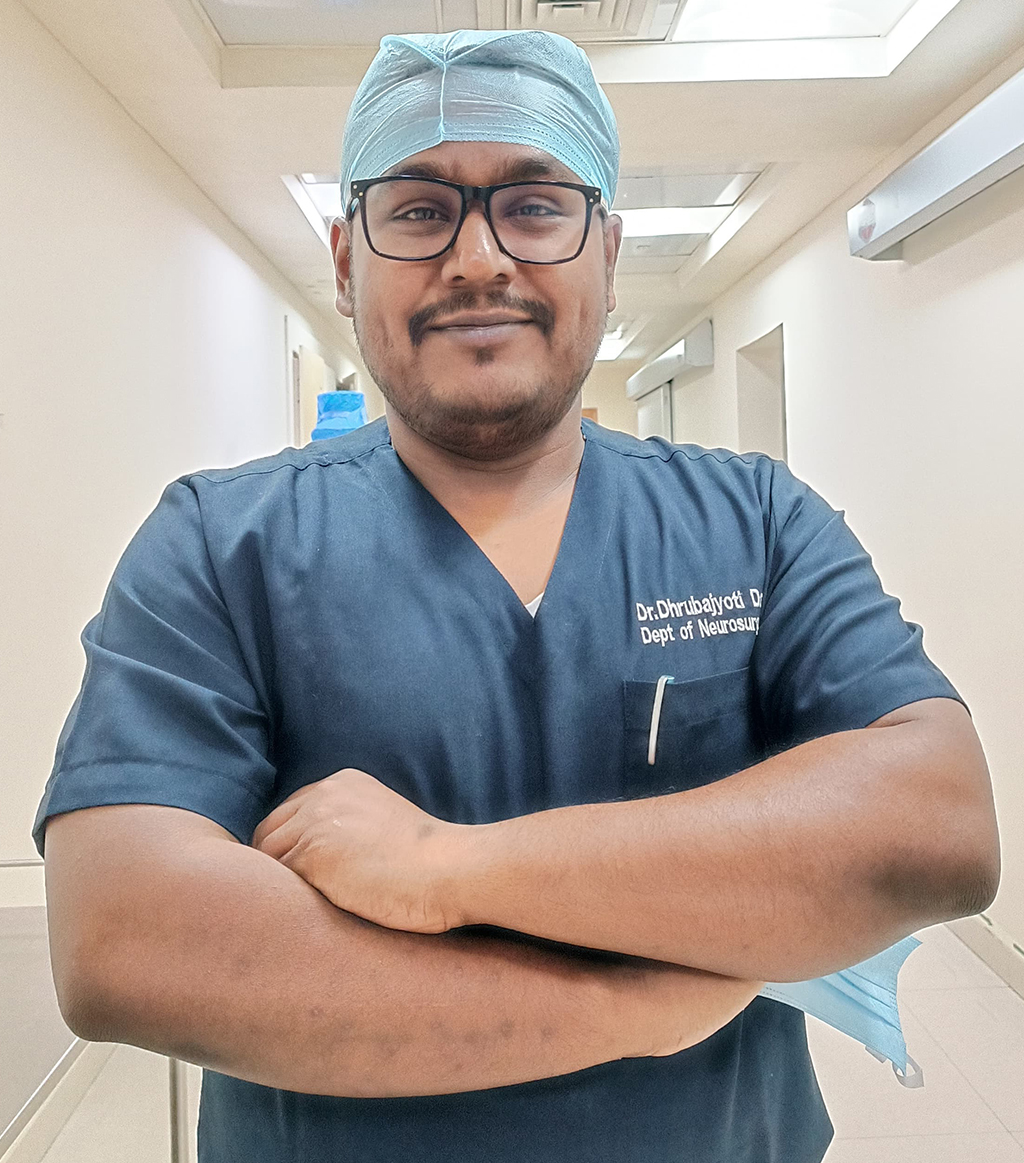Checkout Our Upcoming Outreach Near You
Book OPD Consultation Near You



Traumatic brain injury (TBI) happens when a blow, knock, or shock to the head interrupts the brain's proper functioning, when anything strikes the head quickly and unexpectedly, or when an item penetrates the skull and the brain tissue. Mild TBI may temporarily impact the brain cells.
In order to remove bone spurs and thicker ligaments that are pushing on the low back's nerves during surgery, the surgeon makes an incision on the back of the spine. Normally, back and spinal pain is caused by the compression of a nerve within it. Nerves can be compressed for several reasons.
For the majority of patients with brain tumours, surgery is the initial and most popular form. To ease symptoms, it either entails completely removing the tumour or partially removing it. Different doctors often work together to create a patient's overall brain tumour treatment plan.
Aneurysms, arteriovenous malformations (AVMs), carotid artery stenosis, moyamoya disease, stroke, and transient ischemic attacks (TIAs) are a few examples of disorders involving the blood arteries of the brain or spinal cord that require specialist surgery known as neurovascular surgery.
In a stroke surgery, the blockage in the artery is instantly removed via a catheter, a thin plastic tube. Stroke treatments for hemorrhagic strokes aim to stop bleeding and lower brain pressure, while stroke treatments for ischemic strokes are designed to prevent strokes from occurring.
Pediatric neurosurgery is a specialization of neurosurgery that uses surgical methods to function mostly on the central nervous system, brain, and spinal cord to treat children with curable neurological symptoms. Pediatric neurosurgeons treat children from newborn to the teenage years.
We will get you back soon.